(I post a first hack as an answer to keep the question uncluttered. This hack does not always work and therefore is faulty, see the second example below.
For a hack that does work, please see either my second answer or the other people answers!)
I find the canonical permutation of labels, then a canonical coloring of this new canonical graph, and then I can use vf2.
Our function to re-color the graph is:
# Convert aaabbccdefaa -> 111223345611
canonical <- function(input){
labels <- unique(input)
match(input, labels)
}
And now back to business:
g <- graph.empty()
g <- g + vertices(1,2,3)
g <- g + path(1,2,3)
g1 <- g
V(g1)$color = c(1,2,2)
g2 <- g
V(g2)$color = c(2,1,1)
# Find canonical topological labeling and then canonical coloring
g1 <- permute.vertices(g1, canonical.permutation(g1)$labeling)
g2 <- permute.vertices(g2, canonical.permutation(g2)$labeling)
V(g1)$color <- canonical(V(g1)$color)
V(g2)$color <- canonical(V(g2)$color)
par(mfrow=c(1,2))
palette(rainbow(3))
plot(g1)
plot(g2)

Which now will be detected as isomorfic:
#vf2 wants colors to be the same, not "up to a relabeling"
# this is why we use canonical colors
graph.isomorphic.vf2(g1, g2)$iso
TRUE
Failure example:
For this example, it does not work:
g1 <- graph.empty()
g1 <- g1 + vertices(1,2)
g1 <- g1 + edge(1,2)
V(g1)$color = c(1,2)
g2 <- graph.empty()
g2 <- g2 + vertices(1,2)
g2 <- g2 + edge(2,1)
V(g2)$color = c(2,1)
# Find canonical topological labeling and then canonical coloring
g1 <- permute.vertices(g1, canonical.permutation(g1)$labeling)
g2 <- permute.vertices(g2, canonical.permutation(g2)$labeling)
V(g1)$color <- canonical(V(g1)$color)
V(g2)$color <- canonical(V(g2)$color)
par(mfrow=c(1,2))
palette(rainbow(3))
plot(g1)
plot(g2)
graph.isomorphic.vf2(g1,g2)$iso
# FALSE





